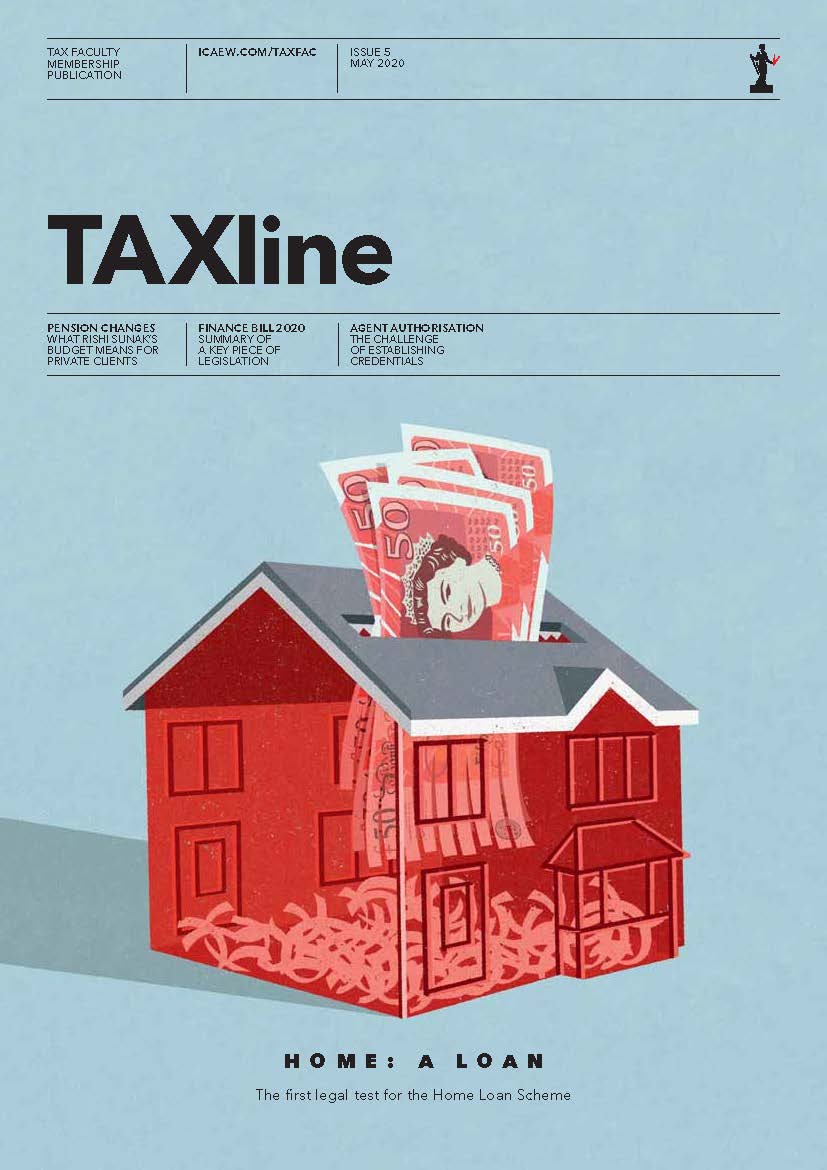The corporation tax rate will increase to 25% from 1 April 2023, affecting companies with profits of £250,000 and over. The legislation that provided for this increase also sets out that small companies with profits up to £50,000 will continue to pay corporation tax at 19%, with profits between these two figures being subject to a tapered rate.
Frank Haskew, Head of Taxation Strategy at ICAEW, comments: “As the increase is already on the statute books, it is an easy change to effect as it does not require parliamentary approval.”
Finance Act 2021 also included an increase in diverted profits tax to 31% from 1 April 2023 to maintain its current six percentage point differential with the main corporation rate. A reduction in the bank corporation tax surcharge to 3% from 1 April 2023 was enacted in Finance Act 2022. It was confirmed at Autumn Statement 2022 that these rates will apply from 1 April 2023.
Calculating profits and the profit limits
To determine the correct rate to apply, a company must establish its ‘augmented’ profits. These are the company's taxable total profits of that period, plus certain non-taxable dividends (and some other kinds of distributions), received from companies that are not subsidiaries of the company.
The £50,000 and £250,000 limits will be divided by the number of associated companies. For accounting periods shorter than 12 months, these limits are also proportionately reduced.
Even if companies are only associated for part of the period, they are treated as being associated for the whole period for the purposes of these rules. However, an exception applies for dormant companies (ie, a company that carried on no trade or business at any time during the accounting period, or that part of the period when it is associated with the other company).
Broadly speaking, two companies are associated if one has control over the other, or both are under the control of the same person or persons. However, there are also specific rules for certain non-trading companies and association through fixed-rate preference shares, loan creditors and trustees.
The definition of ‘control’ includes rules that attribute to a person all the rights and powers held by any companies they control or associates of the person. This means, for example, that an individual would be treated as controlling a company that a member of their family controls. It could therefore lead to situations where, for example, a company controlled by sister A and a company controlled by sister B are treated as associated. There are rules that ensure that such attribution only occurs where there is substantial commercial interdependence between the companies concerned.
Regulations have been introduced that set out what is meant by substantial commercial interdependence. These take account of the degree to which the companies are financially interdependent, economically interdependent, and organisationally interdependent. Guidance on these regulations can be found in HMRC’s manuals at CTM03780.
Ring fence profits
The rates of corporation tax on ring fence profits (those derived from oil extraction activities or oil rights in the UK and on the UK continental shelf) will continue to be set at 19% and 30%. However, the current limits of £300,000 and £1.5m will be replaced by the £50,000 and £250,000 profit limits referred to above from 1 April 2023.
Read more
The Tax Faculty
ICAEW's Tax Faculty is recognised internationally as a leading authority and source of expertise on taxation. The faculty is the voice of tax for ICAEW, responsible for all submissions to the tax authorities. Join the Faculty for expert guidance and support enabling you to provide the best advice on tax to your clients or business.
-
Update History
- 28 Feb 2023 (03: 00 PM GMT)
- Updated 28 February 2023 to reflect that the diverted profits tax and bank surcharge rates from 1 April 2023 have been confirmed and to provide further details on applying the profit limits and the rules for ring fence profits.
More support on tax
ICAEW's Tax Faculty provides technical guidance and practical support on tax practice and policy. You can sign up to the Tax Faculty's free enewsletter (TAXwire) which provides weekly updates on developments in tax.
Sign up for TAXwireJoin the Tax Faculty


